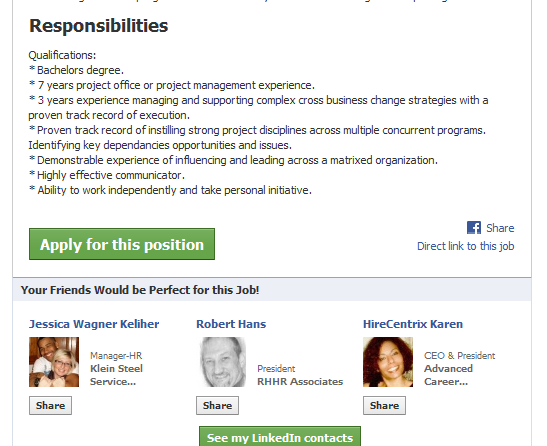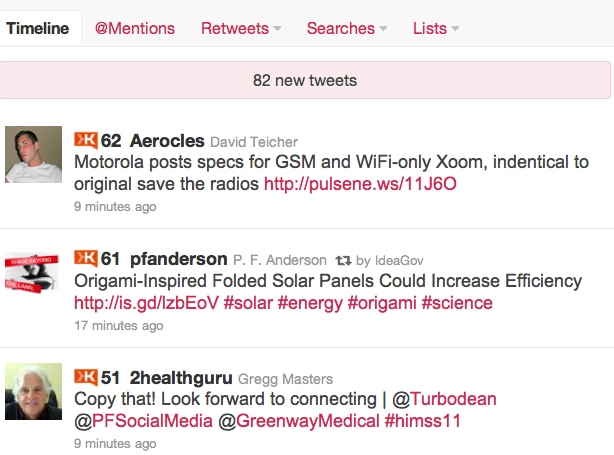The Wisdom of Crowds?
Although not a Broadway fan, (I think the last Broadway show I actually saw was 'Showboat', you know the 'Ol Man River one), I am a big comics fan, and such have been casually following the saga of the 'Spider-Man: Turn off the Dark' show, a Broadway musical adaptation of Marvel Comics most famous hero.
You may have heard something about this show, even if you are not a Broadway fan - the backstory is quite interesting. It's filled with mega-stars from U2 (Bono and The Edge), writing the music, a series of mishaps and injuries to several actors during preview performances, middling to scathing reviews from audiences and critics, and finally a major re-architecting of the show and the replacement of the show's original director Julie Taymor.
Ms. Taymor's ouster as the director and leader of the production not only says as much about her creative vision, (or lack thereof I suppose), as it does about the role and influence that audiences have over the creative process and results of that process, and how these audience voices are amplified in the social media age.
Last week Ms. Taymor offered a couple of very interesting observations about the show and her dismissal, and I think these insights might also have more broad implications for leaders and creatives of all stripes.
First - on the immediate feedback loop of social media:
"It's a new time," she said. "Twitter and Facebook and blogging just trump you. It's incredibly difficult to be under a shot-glass and a microscope like that. When you’re trying to break new ground, the immediate answers that audiences give are never going to be good.”
Second - on succumbing to the pressure of social feedback:
"There's always something people don't like. It’s very scary if people are going more towards that, to have audiences tell you how to make a show. Shakespeare would have been appalled."
Getting past the notion that Ms. Taymor sort of compared a musical about a comic book hero to Shakespeare, I think she does make some important points, or at least raises some good questions. It has never been easier for fans, customers, citizens, employees, candidates - any engaged group of people to gather and wield significant influence over organizations, institutions, and leaders. We have seen this play out time and time again in the corporate world, particularly in the areas of branding and logo re-design.
But, as Ms. Taymor suggests, is that always a good thing? As a leader, or anyone that is involved in creation of products, services, processes, art, literature, whatever - when is staying true to your vision and version of the truth and what you believe in more important than bending to the will of the crowd? Sure, Taymor's 'Spider-Man' may have been a bad show, but is it at all possible that the more accessible, simpler version that now exists is artistically at least, inferior to her creation and vision?
Shakespeare probably did not run 'Romeo and Juliet' by a focus group and he certainly did not monitor the buzz on Twitter.
The question today is do we always have to listen to all the shouting online?
Or can we believe in our creativity, decision making, and direction despite some heat on the backchannel?

 Steve
Steve




